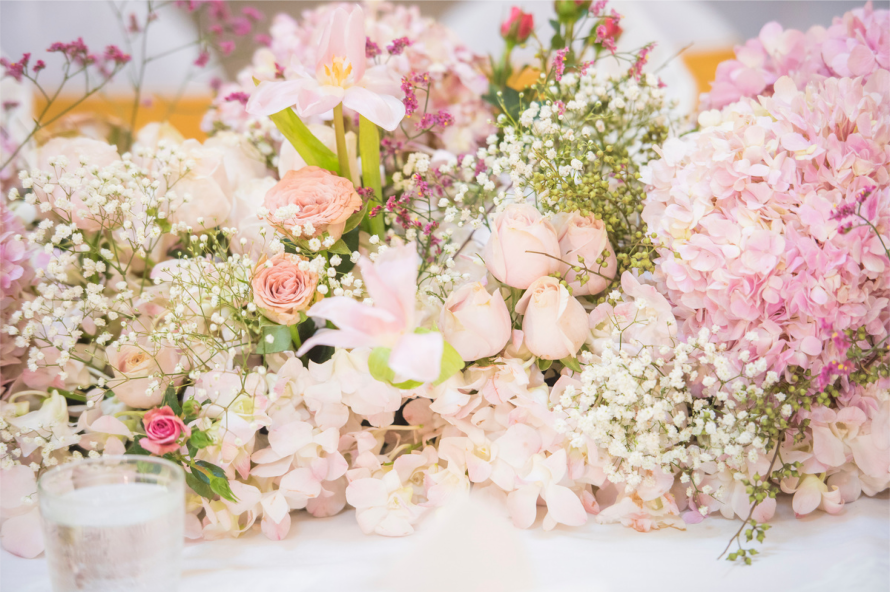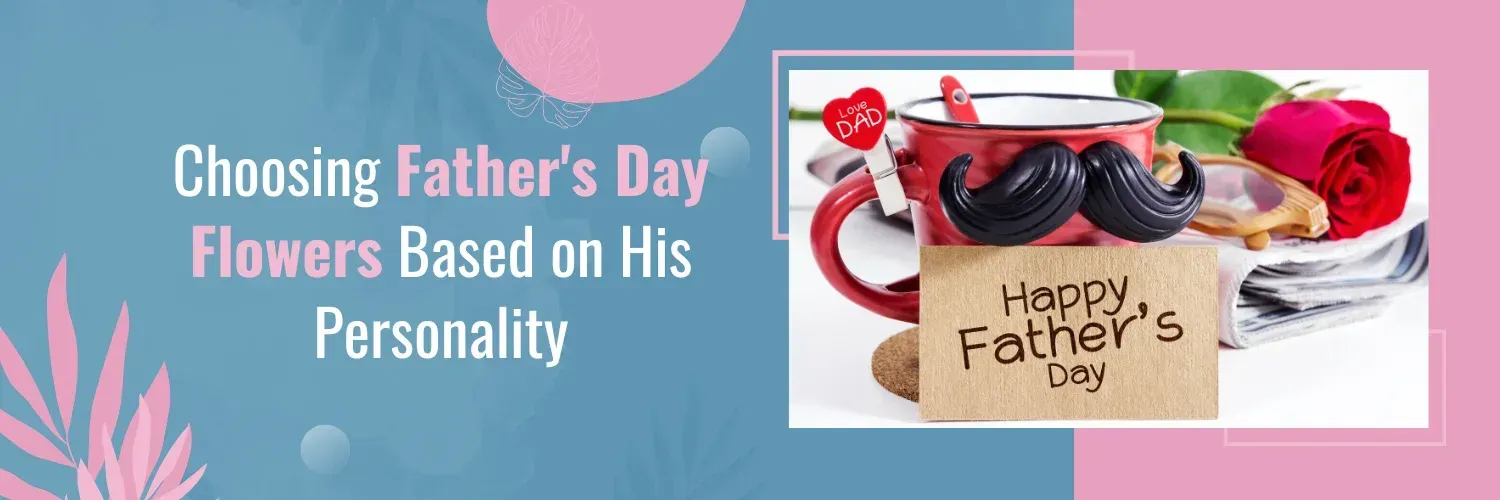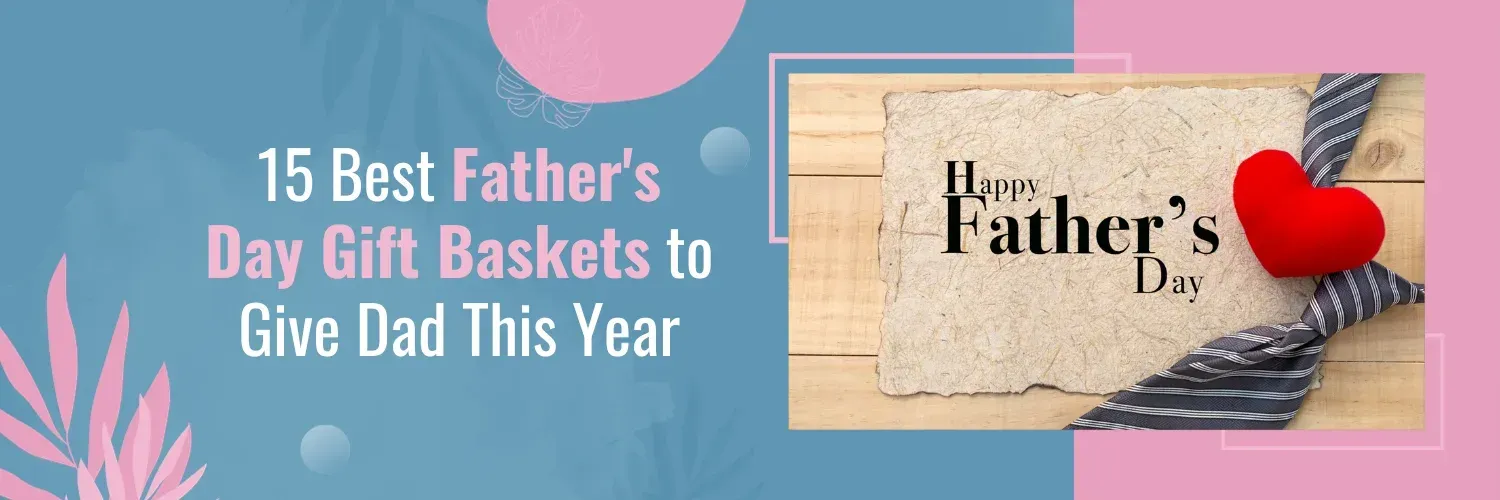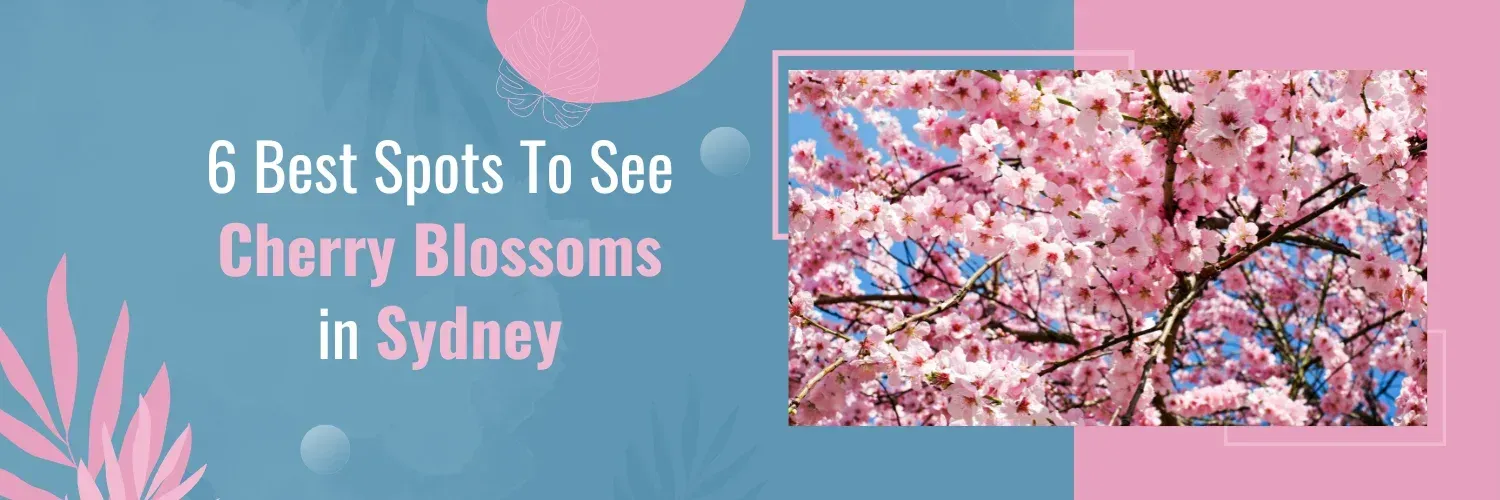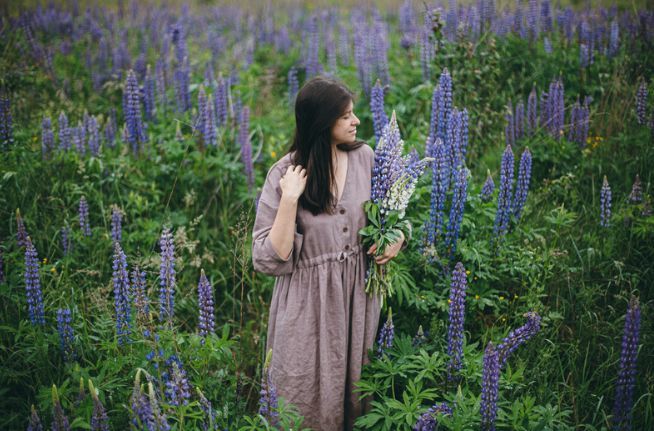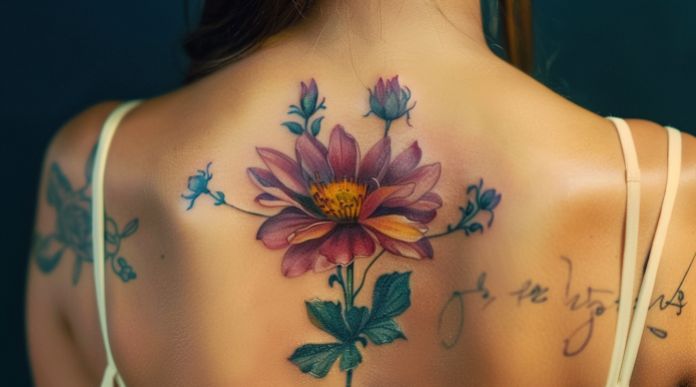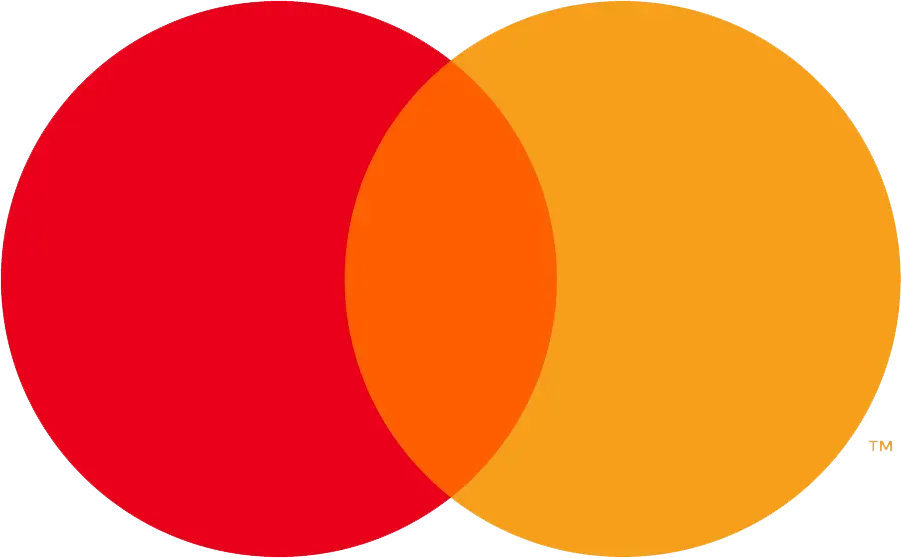What Flower Symbolizes Marriage
Are you planning your dream wedding and want every detail to be perfect? The selection of wedding flowers, from the bridal bouquet to the decoration at the wedding reception, is a crucial part of wedding events. Besides their aesthetic charm, flowers contribute deeply to the symbolism of the matrimonial ceremony. This comprehensive guide will delve into the complex and fascinating world of wedding flowers, exploring their colors, meanings, and bouquet traditions. By the end of this journey, you’ll be well-equipped with numerous wedding bouquet ideas, ready to select the perfect blooms that resonate with your vision and emotions.
In wedding events, flowers have played a significant role in human culture and ceremonies for centuries. They symbolize love, hope, and the essence of the union between two people in matrimony. More than just the homemade bridesmaid bouquets, the colors of these flowers carry even deeper meanings, reflecting the emotions and intentions of the couple through the unique bouquet look.
Unveiling the Significance of Flowers That Represent Marriage
A Past Full of Wedding Flower Traditions – The Historical Symbolism
Wedding flowers have held a profound significance throughout history, transcending cultural boundaries and centuries. Their historical symbolism is a testament to the enduring bouquet tradition, allowing us to appreciate their continued importance in contemporary weddings.
- Ancient Rituals and Symbolism: In ancient civilizations like Rome, Greece, and Egypt, the bouquet tradition took different forms. Brides commonly carried aromatic herbs and sweet peas, blossoms that are traditionally known to ward off evil spirits and ensure fertility. These early customs laid the groundwork for the enduring connection between weddings and flowers.
- Medieval Europe and Floriography: During the Middle Ages, the concept of “floriography” or the language of flowers blossomed in Europe. Each flower carried a specific meaning and the selection of flowers such as lavender in the wedding bouquet, which signified devotion and loyalty, was steeped in tradition.
- Victorian Era Sentiments: The Victorian era refined the art of bouquet tradition, leading to elaborate floral arrangements teeming with hidden messages. Many a bride would strategically choose flowers like the freesia to replace traditional white roses in her bouquets, as a nod to innovative and unique ways to express her feelings. Entire conversations could unfold through the delicate art of floral bouquets.
What Plants Symbolize Marriage Today
While the historical roots of wedding flowers are rich and fascinating, their significance in modern weddings has evolved to reflect changing tastes and values.
- Emotional Expression: Today, wedding flowers, especially those with a distinctive petal shape or luxurious petals, remain a powerful means of emotional expression. They convey love, joy, hope, and gratitude, enhancing the atmosphere of joyous celebration during a summer wedding or winter wedding.
- Personalization: Modern couples embrace the opportunity to personalize their weddings, with flowers playing a central role in this endeavor. Couples select flowers based on their personal preferences, favorite colors, shared memories, and even the seasons – making choices from the plethora of spring wedding flowers, summer wedding flowers, or winter wedding flowers , creating a unique, meaningful, and seasonally appropriate experience.
- Trends in Wedding Flowers: From lush arrangements filled with sweet pea and pampas grass to minimalist monochromatic designs , contemporary weddings are marked by a multitude of floral trends that include accent flowers alongside primary blooms.
- Sustainability and Ethical Sourcing: An emerging trend in modern weddings is the emphasis on sustainability and ethical sourcing of flowers. Couples are increasingly mindful of the environmental impact of their choices and seek eco-friendly, even considering the lifecycle of a flower, such as a sweet pea that traditionally blooms mid-summer through fall.
Color Psychology in Weddings
Color is a universal language that can evoke emotions, set moods, and convey messages. In the context of weddings, the careful selection of flower colors can have a profound impact on the overall atmosphere and the emotions experienced by both the couple and their guests.
- Red: Red is the color of love, passion, and desire. It signifies deep and intense emotions. Red flowers like roses and carnations are classic choices for weddings, symbolizing the love and commitment between the couple.
- Pink: Pink represents romance, tenderness, and admiration. It’s a color associated with affection and sweet gestures. Soft pink blooms like peonies and cherry blossoms add a touch of elegance and sentimentality to weddings.
- Blue: Blue is a symbol of serenity, trust, and loyalty. It’s a calming color that can create a tranquil and harmonious atmosphere. Blue flowers like hydrangeas and delphiniums are excellent choices for couples who seek a sense of calm and trust in their union.
- Yellow: Yellow radiates happiness, joy, and optimism. It’s a color that exudes positivity and energy. Yellow flowers such as sunflowers and daffodils can bring a sense of sunshine and warmth to your wedding.
- Purple: Purple embodies luxury, creativity, and spirituality. It’s a color that conveys a sense of mystery and sophistication. Deep purple flowers like orchids and irises can add a touch of opulence to your wedding decor.
- White: White signifies purity, innocence, and new beginnings. It’s a classic color choice for weddings, symbolizing the clean slate of a new life together. White flowers like lilies and gardenias are often used in bridal bouquets and centerpieces.
- Green: Green represents growth, harmony, and balance. It’s a color associated with renewal and the natural world. Greenery, such as eucalyptus and ferns, is a popular choice for modern weddings, providing a fresh and organic feel.
Popular Wedding Flower Colors and Their Meanings
Different flower species come in a variety of colors, each carrying its own unique symbolism. In the tune of spring bloom, some popular flowers and their meanings are as eloquently presented:
- Red Roses: The embodiment of passionate love and desire. They are the quintessential choice for those wishing to convey the deep inferno of romantic feelings.
- Dainty White Daisies: As a cross between a pompom and daisy, this choice impresses with its innocence and free-spirit vibe. Its beautiful blush color emulates grace, making daisies a perfect addition to a wildflower bouquet.
- Lily of the Valley: Known for its delicate, bell-shaped flowers and intoxicating fragrance, it is a popular spring bloom echoing purity, commitment and has the favor of iconic brides like Princess Diana and Kate Middleton.
- Yellow Tulips: Radiate cheerfulness and happiness, they perfectly capture the joy of matrimony, similarly glowing as a yellow daisy or Gerbera.
- Sweet Pink Peonies or Blushing Ranunculus: They symbolize love, prosperity, good fortune, and often chosen for their lush, romantic resemblance. In spring, the gorgeous ranunculus, with its ruffled petal look, serves as an excellent peony alternative.
- Blue Hydrangeas: Convey appreciation and understanding, an expression of gratitude to loved ones.
- Lilac or Purple Orchids: These spring blooms known for deep purple and lighter lavender shades embody luxury, beauty, strength adding a touch of elegance and sophistication to floral arrangements. They are a posy destined for those envisioning a lavish spring wedding.
Choosing Wedding Flowers by Color
Your wedding theme and color palette are essential elements that tie the entire celebration together. When selecting wedding flowers, harmonizing them with your chosen colors can create a visually stunning and cohesive atmosphere.
How to Align Flower Colors with Your Wedding Theme
- Consider Your Theme: Initiate your playful exploration by defining your wedding theme or style. Perhaps it’s rustic, vintage, bohemian, or ultra-modern – whatever you choose, this paves the way to the kind of vibe you’d like to set, guiding not only your flower color choices but also the selection of ageless anemones or voluminous peonies.
- Consult the Color Wheel and Swatches: The handy color wheel and your personally curated swatches will illuminate your path to perfection. Complementary colors form striking contrasts, while adjacent hues whisper harmonious tales. Opt for flower colors that either complement or gloriously harmonize with your wedding shades.
- Seasonal and Floral Inspirations: Ponder the season of your nuptial ceremony. Seasonal blossoms and flowers like the spring-flourishing ranunculus often sync naturally with the colors of that period. Pastels whisper spring, while warm tones bring an autumnal accent to life.
- Venue Ambiance: Have a look at your wedding venue; it’s a key player in setting the atmosphere, serving as the canvas for your florals. Whether that means adding the subtle elegance of freesias into your setting or going bold with peony — your chosen blooms should seamlessly blend in and amplify the venue’s ambiance.
- Personal Preference: Lastly, your wedding flowers should mirror your and your partner’s personal tastes and preferences. Embrace colors that vibrate with your spirits, infusing your personal touch into the grand event.
Creative Ways to Use Traditional Wedding Flowers
- Bouquets and Boutonnieres: Petals and All The bridal bouquet and groom’s boutonniere are prime opportunities to showcase your chosen flower colors and accent your wedding dress and suit. You can go monochromatic, selecting blooms like the bright white petals anemone variety that match your color palette, or opt for a bouquet with a pop of vibrant color as shown in wedding photos.
- Unveiling the Ceremony Decor: Flower arrangements along the aisle, arches, and altar under a veil of delicate petals can emphasize your wedding theme. Use flowers like the lush peony or camellia that harmonizes with your color scheme, creating a memorable backdrop for your vows.
- Reception Centerpieces: Petals Galore: The reception tables are canvas waiting to be adorned with your color choices. Whether you choose tall floral centerpieces or low, lush arrangements packed with garden rose petals, your flower colors will set the tone for the dining experience.
- Linens and Tableware: Match the Gown: Extend your color palette to linens, tableware, and napkins that can match the fabric of your wedding dress. These elements can complement your floral choices like an accent, creating a cohesive and visually appealing reception space.
- Cake and Desserts: Petal Accents Don’t forget the dessert table! Coordinate the cake and other sweet treats with your flower colors. Edible flowers or floral designs featuring rose petals on the cake can tie everything together.
- Favors and Place Cards: A Floral Gown Touch Even the smallest details, like wedding favors and place cards, can carry your chosen flower colors. Consider incorporating flowers into these elements which complement your wedding gown for a cohesive look.
Top Wedding Flowers and Their Meanings
Roses and Rapture – Love, Passion, and More

- Red Roses : Perhaps the most iconic of all wedding flowers, red roses symbolize deep love, passion, and desire. They convey romantic and intense emotions, making them a classic choice for bridal bouquet wedding arrangements.
- White Roses: Symbolizing purity, innocence, and new beginnings, white roses often feature prominently in the bouquet tradition within wedding ceremonies, symbolizing a pure and everlasting love.
- Pink Roses: Pink roses symbolize admiration, gratitude, and joy. These feelings of joy and admiration are not only reflected in the bridal bouquet but also in the bridesmaid bouquets. Light pink signifies admiration and gratitude, while darker shades convey appreciation and thankfulness.
- Yellow Roses: Yellow roses, representing friendship and joy, are ideal for celebrating the joy and happiness that comes with the union of two people. These can make your wedding bouquet look radiant, embodying the joy of the occasion. The bouquet toss later becomes a symbol of spreading this joy to others.
Lilies: Reflecting Purity, Commitment, and Spirituality in Your Marriage
- White Lilies: White lilies are a symbol of purity, commitment, and virtue. Endowed with grace and refinement, they are frequently chosen for wedding ceremonies to represent the pure and committed love between couples.
- Calla Lilies: Calla lilies, known to bring wedded bliss, are elegant, and sophisticated, symbolizing the transformative nature of love. This makes them not just popular, but a profound choice for brides seeking both elegance and symbolic resonance.
Say It with Tulips – Declarations of Love and Happiness
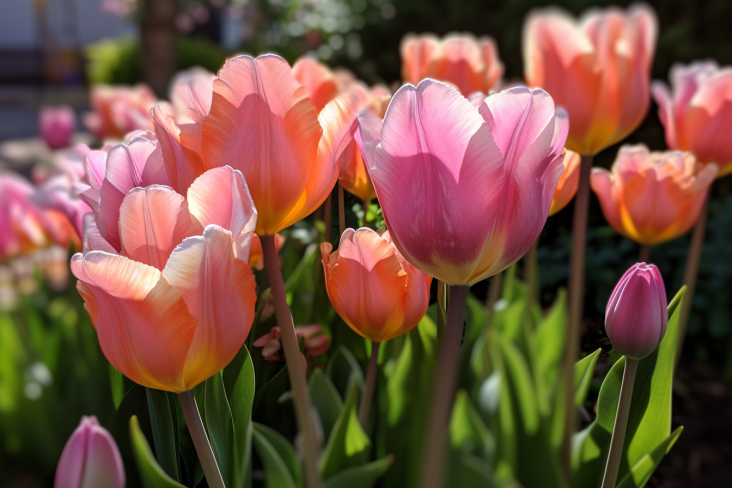
- Red Tulips: Red tulips symbolize declarations of love and passion. Their bold petal shape is an apt choice for expressing your deep feelings for your partner, making them fit for both summer wedding flowers and winter wedding flowers depending on your theme.
- Yellow Tulips: Yellow tulips relay happiness and cheerful thoughts. With their lively petals, they are a perfect choice for celebrating the joy and positivity of your wedding day and fit seamlessly into spring wedding flower arrangements.
- White Tulips: White tulips, similar to the soft ivory petals of the Patience garden rose, symbolize forgiveness and worthiness. They eloquently articulate the idea of a fresh start and a clean slate in marriage, serving as the ideal accent flowers in bouquets.
Other Popular Wedding Flowers and Their Symbolisms
- Orchids : Orchids symbolize love, beauty, and strength. They also embody a cherished bouquet tradition of signifying luxury and exotic beauty, making them an excellent choice for elegant weddings. Orchids can be particularly compelling in bridesmaid bouquets, introducing a unique bouquet look.
- Peonies: Peonies represent romance, prosperity, and good fortune. Their full-bodied, tightly packed petals lend a rich bouquet shape that offers both opulence and fortune to wedding ceremonies.
- Daisies: Daisies symbolize innocence, purity, and loyal love. They are a charming and simple choice for rustic or country-themed weddings, often catching everyone’s attention during the bouquet toss.
- Hydrangeas : Reflecting gratitude, understanding, and heartfelt emotions, hydrangeas bring meaning to any floral arrangement. With their full and voluminous look, they are often chosen for their ability to elegantly fill out bridesmaid bouquets and other floral designs in both the veil and gown color schemes.
Choosing Flowers Based on the Wedding Season
- Spring: Spring is a time of renewal, and its flowers reflect this theme. Blossoms like tulips, daffodils, and cherry blossoms are in abundance during this season. Their vibrant colors and fresh fragrances make them ideal choices for spring weddings.
- Summer: Summer brings an explosion of color to the garden. Sunflowers, daisies, and roses are plentiful, offering a wide range of hues to choose from. These blooms are perfect for creating lively and colorful arrangements.
- Fall: Autumn weddings feature a rich and warm color palette. Consider using flowers like dahlias, chrysanthemums, and marigolds in deep reds, oranges, and yellows to capture the essence of the season.
- Winter: Winter weddings often embrace a more muted and elegant color scheme. Flowers like amaryllis, poinsettias, and white roses are popular choices for creating a sophisticated and romantic atmosphere.
Tips for Working with Seasonal Availability
- Consult with Florists: Professional florists, like the team at Frog Prince Weddings & Events, can provide a wealth of wedding bouquet ideas. They’re incredibly knowledgeable about seasonal availability and can recommend gorgeous blooms like gerbera daisies or the delicate lily of the valley. These flowers can form an integral part of any bridal bouquet, blending tradition and modern taste, all in line with your wedding date.
- Flexibility is Key: Be open to substitutions if your options such as roses are out of season. Florists can often suggest unique choices like freesia to replace more traditional white flowers in your bouquet.
- Local Sourcing: Consider sourcing flowers locally to ensure you’re working with in-season blooms from your region. This not only supports local growers but also reduces the environmental impact of long-distance transportation, promoting a greener wedding.
- Embrace Seasonal Themes : Enhancing your wedding events with a seasonal theme can be a wonderful idea. Daisies, for example, can be a fabulous addition to a spring bridal bouquet, while incorporating lavender, a flower steeped in Irish tradition, can add a special touch to a summer wedding.
- Plan Ahead: If you’re drawn to a particular out-of-season flower, meticulous planning and appropriate budgeting would be necessary. For instance, the sweet pea, blooming traditionally on the 21st of June, may require special cultivation or import for dates outside of this period.
- Preserve Memories: Consider expressing your heartfelt emotions with flowers like the hydrangea in your bridesmaid bouquets, which can later be dried or pressed as a wedding memento. This tactic not only provides a lasting reminder of your special day but also subtly extends the bouquet tradition.
DIY vs. Professional Florist

Pros and Cons of DIY Good Luck Flowers for Wedding
Pros:
1. Cost Savings: One of the most significant advantages of DIY wedding flowers is cost savings. By purchasing flowers wholesale and arranging them yourself, you can potentially cut down on floral expenses.
2. Creative Control: DIY allows you complete creative control over your floral arrangements. You can choose specific flowers, colors, and styles that align perfectly with your vision.
3. Personal Touch: When you create your own floral arrangements, they carry a personal touch and sentimental value that professionally arranged flowers might lack.
4. Fulfilling Experience: If you enjoy working with flowers and have some floral design skills, arranging your wedding flowers can be a fulfilling and enjoyable experience.
Cons:
1. Time-Consuming: DIY wedding flowers require a significant time investment. You’ll need to allocate time for selecting, conditioning, and arranging the blooms, which can be demanding in the days leading up to your wedding.
2. Stress and Pressure: Managing DIY wedding flowers can be stressful, particularly if things don’t go as planned. Dealing with unexpected issues can add pressure to an already hectic wedding schedule.
3. Skill and Experience: Floral design is an art that professional florists hone over years of experience. If you lack expertise, your DIY arrangements may not meet your expectations in terms of quality and aesthetics.
4. Limited Access: DIY flower arrangements may limit your access to certain flowers or require you to work with what’s in season and available at the time of your wedding.
Pros and Cons of Hiring a Professional
Pros:
- Expertise and Experience: Professional florists such as Frog Prince Weddings & Events, bring a wealth of expertise and experience to wedding events. They can create stunning, high-quality bridal bouquet wedding arrangements that align with your vision and theme, like a gorgeous gerbera daisies bouquet that adds fabulous color variations.
- Stress Reduction: Hiring a florist can take the burden off your shoulders, allowing you to focus on other aspects of the wedding. Be it the bouquet tradition, the bouquet toss, or the bridesmaid bouquets, everything gets taken care of reducing the hardship of DIY flower work.
- Access to Resources: Florists avail a wide spectrum of flowers, inclusive of those that might be out of season – like the sweet pea or lavender, steeped in Irish bouquet tradition. They can recommend complementary blooms like freesia and handle all aspects of floral design, offering you unique wedding bouquet ideas.
- Professional Presentation: Professional florists bring in an impeccable display, leading to flawless and photo-worthy bridesmaid bouquets and bridal bouquets.
Cons:
- Cost: Engaging a professional florist for your wedding events can cost more than a DIY approach. You’ll need to budget for services, consultations, labor, and materials.
- Limited Creative Control: While florists aim to personify your vision, they may have their design inclinations. It might influence the choice of your traditional bouquet toss or other creative details.
- Scheduling: Synchronizing within the florist’s timeline and availability might impact your choice of flowers and arrangements.
- Less Personal Touch: While professionally arranged flowers—like hydrangea that represents heartfelt emotions—can be stunning, they might lack the personal touch that comes with DIY arrangements.
Ultimately, the decision to DIY your wedding flowers or hire a professional florist comes down to your preferences, skills, and priorities. If you value creative control, have the time and skills, and are working within a tight budget, DIY may be a viable option. However, if you seek professional quality, peace of mind, and a stress-free wedding day, hiring a florist is likely the best choice. Whichever path you choose, remember that your wedding flowers should reflect your style, personality, and the love you and your partner share. Your flower choices can significantly personalize your wedding day, adding symbolism and significance to your nuptial events.
Wrapping Up
Your wedding flowers have the power to infuse your special day with profound emotions and aesthetics, making them a reflection of your love story. Embrace wedding events not just as a celebration, but as a symbol that imbibes the bridal bouquet wedding tradition. Remember to creatively weave the deep meanings of each bloom into your bouquet, making the bouquet toss not just fun, but also significant.
If you’re ready to transform your floral vision into a reality, we encourage you to explore Bourkes Florist. This is where accomplished floral designers are passionate about creating exquisite bridesmaid bouquets and arrangements, tailored to your distinctive style. Be it a classic and elegant bouquet, filled with lilies, gerbera daisies attractive freesias; or a whimsical garden-inspired centerpiece, echoing feelings with hydrangea; our team at Bourkes Florist is here to bring your wedding bouquet ideas to life. Order your wedding flowers today and allow us to add a touch of natural beauty and profound symbolism to your unforgettable wedding reception. Your love story deserves nothing less than the breathtaking beauty of carefully chosen blooms.
FAQs
Q: What are the Unique Flower Color Combinations for Weddings?
Discover creative and unique flower color combinations that can make your wedding stand out and reflect your personality as a couple. Consider the most popular anemone variety with its bright white petals and deep black centers. A perfect match if your wedding colors are black and white or if you’re organizing a sophisticated black-tie event.
Q: How to Incorporate Tweedia Flowers (with their Meaning) into my Bouquet?
Learn how to infuse your bouquet with flowers that hold personal significance, adding a sentimental touch to your wedding flowers.
Q: Tips to Save Money on Wedding Flowers without Compromising Quality?
Explore practical tips and strategies for managing your floral budget while still achieving a stunning and memorable wedding look.
Q: What are Some Eco-friendly Flower Options for a Sustainable Wedding?
Find eco-friendly flower choices that align with your commitment to sustainability and environmental responsibility. Consider introducing the vibrant variety of freesia in place of traditional white flowers like roses.
Q: When Should a Bride Start Planning and Selecting Her Wedding Flowers?
Get a clear timeline for when to start planning and selecting your wedding flowers to ensure everything goes smoothly and according to your vision. In this endeavor, considering various wedding events will be beneficial. A bridal bouquet wedding staple, choosing flowers meticulously can enhance your special day.





